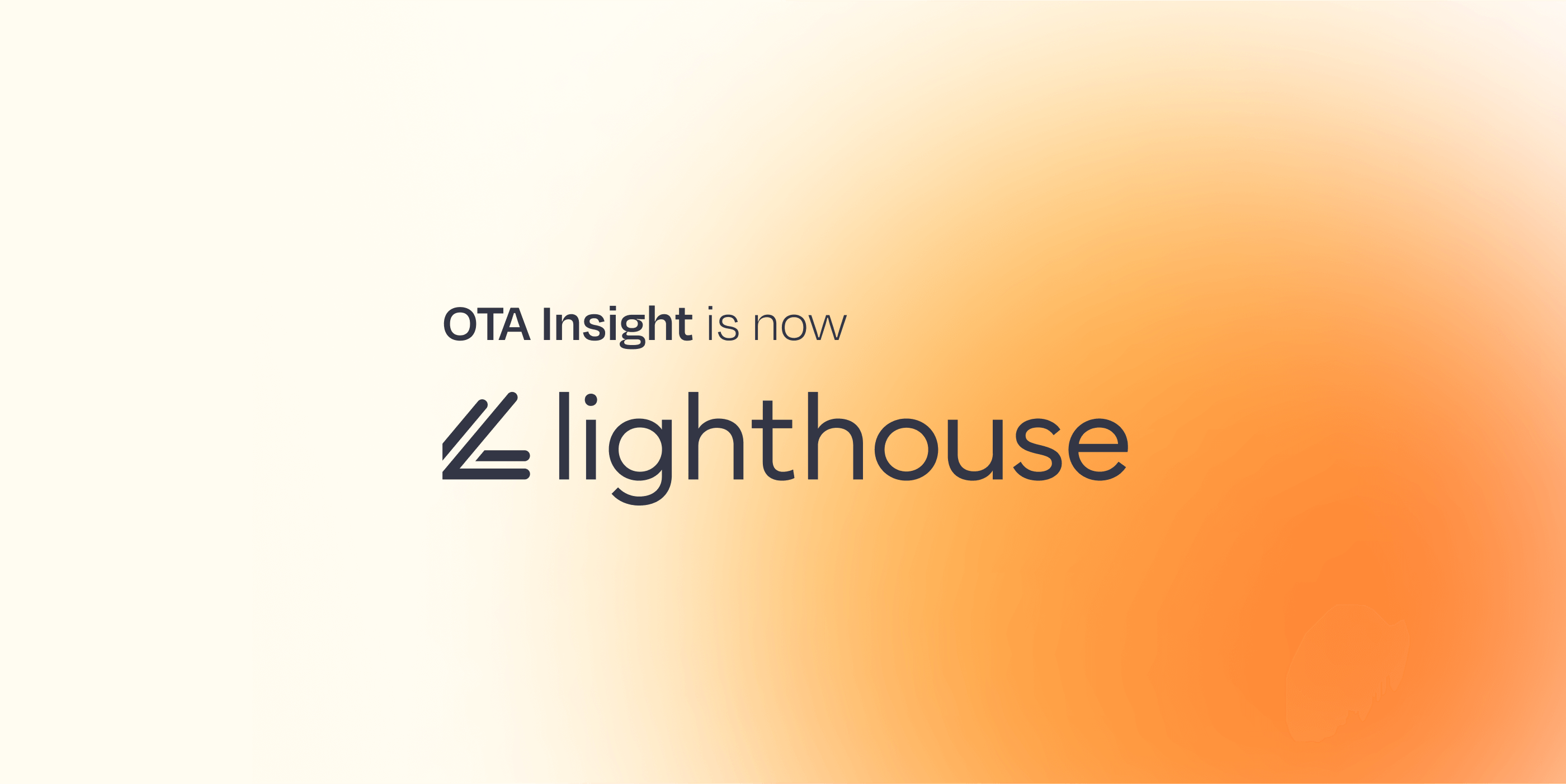Ultimate Tips to Boost Revenue Management Using Your Hotel’s PMS Data

Data is super important for every business, just like it is for the hotel industry. It helps you make smart decisions, stay ahead of competitors, and optimize revenues. And when it comes to data, nothing beats your Property Management System (PMS).
Your PMS is like the heart of your hotel—it keeps everything running smoothly. It keeps track of bookings, check-ins, room rates, and payments. Beyond its role in managing reservations and billing, the PMS harbors a wealth of insights crucial for optimizing revenue, distribution strategies, and overall performance. However, the key lies in unlocking its full potential.
This blog post will unveil profound discoveries awaiting within your PMS data, highlighting their pivotal role in achieving KPIs and driving bottom-line growth.
Identifying Key Business Drivers
Understanding the pivotal factors influencing your hotel’s revenue is the first step to unlocking the full potential of your PMS data. Market segments, rate codes, room types, and booking channels are among the key drivers that shape revenue streams. By dissecting and analyzing these drivers, hoteliers can tailor their strategies to maximize profitability.
- Market segments: Identify lucrative customer segments and tailor marketing efforts accordingly.
- Rate codes: Optimize pricing strategies based on rate code performance and market demand.
- Room types: Allocate inventory effectively to maximize revenue from different room categories.
- Booking channels: Prioritize direct bookings or high-yield channels to minimize distribution costs.
Optimizing Pricing & Distribution Strategies
Armed with insights gleaned from PMS data, hoteliers can fine-tune their pricing and distribution strategies to align with market dynamics and consumer preferences. By identifying profitable guest segments and preferred booking channels, hotels can allocate resources more effectively, maximizing returns on investment.
- Dynamic pricing: Adjust room rates in real-time based on demand fluctuations and market trends.
- Channel optimization: Focus marketing efforts on high-performing distribution channels to maximize revenue.
- Package deals: Moreover, create bundled offerings to increase perceived value and drive higher average transaction values.
- Seasonal promotions: Implement targeted promotions during off-peak periods to stimulate demand and fill inventory.
Measuring Pickup and Pace for Strategic Decision-Making
Daily monitoring of pickup and pace provides invaluable insights into demand dynamics and market trends. By tracking reservations and occupancy rates in real-time, hoteliers can identify emerging patterns and adjust their strategies on the fly. Whether it’s adjusting room rates to stimulate demand or reallocating inventory to capitalize on emerging opportunities, agility is key to maximizing revenue potential.
- Real-time monitoring: Track reservation trends and pace of bookings to identify revenue opportunities and mitigate risks.
- Demand forecasting: Use historical PMS data and market insights to predict future demand and adjust inventory and pricing strategies accordingly.
- Competitive analysis: Benchmark performance against competitors to identify strengths, weaknesses, and opportunities for improvement.
- Seasonal adjustments: Fine-tune strategies based on seasonal variations in demand, pricing, and consumer behavior.
Harnessing Business Intelligence for Enhanced Decision-Making
Lighthouse Business Intelligence represents a paradigm shift in data analytics for the hospitality industry. By aggregating and visualizing PMS data in real-time, this innovative tool empowers hoteliers to make informed decisions with confidence. From revenue optimization to operational efficiency, business intelligence provides a holistic view of hotel performance, enabling strategic decision-making at every level.
- Data visualization: Transform complex PMS data into actionable insights through intuitive dashboards and visualizations.
- Performance tracking: Monitor key performance indicators (KPIs) in real-time to identify trends, anomalies, and areas for improvement.
- Predictive analytics: Leverage advanced analytics and machine learning algorithms to forecast demand, optimize pricing, and maximize revenue.
- Customizable reporting: Also, generate custom reports and analytics tailored to specific business needs and objectives.
Final Words
Maximizing hotel revenue requires a strategic approach to data utilization and decision-making. By leveraging insights from PMS data, optimizing pricing and distribution strategies, and harnessing the power of business intelligence tools, hoteliers can unlock new revenue streams and drive sustainable growth. In an increasingly competitive landscape, data-driven decisions are the key to staying ahead of the curve and delivering exceptional value to guests.
About Lighthouse
Lighthouse, formerly known as OTA Insight, is a leading provider of business intelligence solutions tailored specifically for the hospitality industry. With a rich history of empowering hotels worldwide, Lighthouse offers innovative tools and analytics to optimize revenue management and drive business growth. Their comprehensive suite of products enables hoteliers to unlock actionable insights from their data, streamline operations, and make informed decisions with confidence. By harnessing advanced technology and industry expertise, Lighthouse empowers hotels to stay ahead of the curve in a competitive market landscape, delivering tangible results and maximizing profitability.
Article credit: LightHouse


